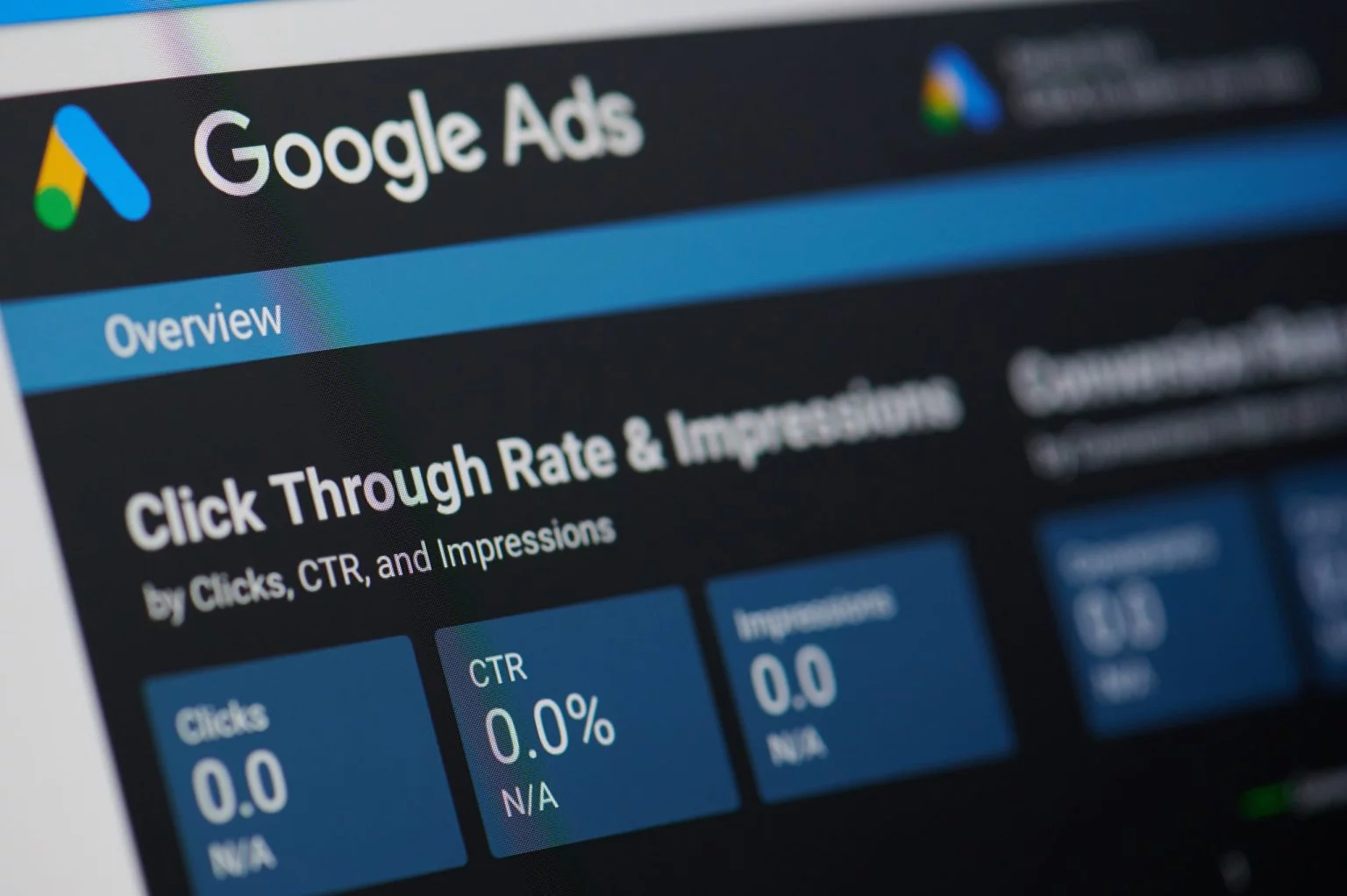Congratulations! You've taken a leap of faith and launched your brand-new website, and it's now live for the world to see. With anticipation, you eagerly wait for a surge of traffic, expecting hordes of visitors to flock to your digital domain. After all, you've invested time, effort, and resources into creating a visually stunning and user-friendly website. But here's the cold, hard truth: simply having a new website doesn't guarantee an instant flood of visitors or soaring success.
In the digital landscape, the "build it and they will come" mantra doesn't hold true. Launching a website is merely the starting line, not the finish line. The real challenge lies ahead, as you must now embark on a journey of continuous effort, strategic planning, and relentless dedication to attract and engage your target audience.
Join us as we navigate through the ever-evolving world of digital marketing and uncover the hidden truths behind achieving sustainable website traffic growth for a new website beyond the unveiling. Launching a new website successfully requires careful planning and execution. Here are five essential keys to consider for a successful website launch:
1. Quality Content and Regular Updates:
Creating high-quality, relevant, and valuable content is crucial to engage visitors and attract search engine traffic. Ensure that the website's content is well-written, informative, and addresses the needs of your target audience. Regularly update the content to keep it fresh and provide visitors with reasons to keep returning to your site again and again..
2. Engaging User Experience:
Focus on providing a user-friendly experience for your visitors. Successful website development ensures that your website is more than just a pretty face. Make sure your website is easy to navigate, loads quickly, and is accessible across various devices (desktops, tablets, and smartphones). Use clear calls-to-action to guide visitors to take the desired actions on your site, whether it's signing up for a newsletter, making a purchase, or contacting you.
3. Promote Across Different Channels:
Leverage your existing advertising channels and social media platforms to promote the launch of your new website. Share teasers, sneak peeks, or countdowns to build anticipation. Encourage your followers to spread the word and share the website with their networks. Collaborate with influencers or partners if applicable to extend your reach. Ensure you announce and celebrate your website on social media, radio, television, and more. Include links in your email signature and your digital advertising.
4. Install Google Analytics (GA) and Google Search Console (GSC):
Implementing Google Analytics and Google Search Console is essential for understanding your website's performance and improving its visibility on search engines. GA provides valuable insights into user behavior, traffic sources, and conversion rates, helping you make data-driven decisions. GSC allows you to monitor your site's presence in Google search results and identify and fix potential issues that may affect your site's ranking.
5. Ongoing Optimization for Search Engines (SEO):
Ensure that your website is optimized for search engines to improve its visibility in search results. Conduct keyword research and incorporate relevant keywords into your content, meta tags, and URLs. Focus on building high-quality backlinks from reputable websites to improve your site's authority. Comply with SEO best practices to enhance your chances of ranking higher in search engine results.
Remember that a successful website launch is just that...the beginning. Just because it has gone live doesn't mean you can forget about it. For your website to do its job, people must go to it. You can't just cross your fingers and hope people stumble across it. You must continue to actively engage with your website. Make sure you promote it across all your advertising channels and direct people to it. Then, continue to monitor your website's performance to ensure people find it in their online searches. Lastly, gather regular user feedback and make necessary improvements to enhance the user experience and achieve your goals over time. It's an investment up front, but one that will pay off over time if handled correctly,
Originally published on 8/12/2020. Updated for accuracy and freshness 7/20/23.



.webp)
























































